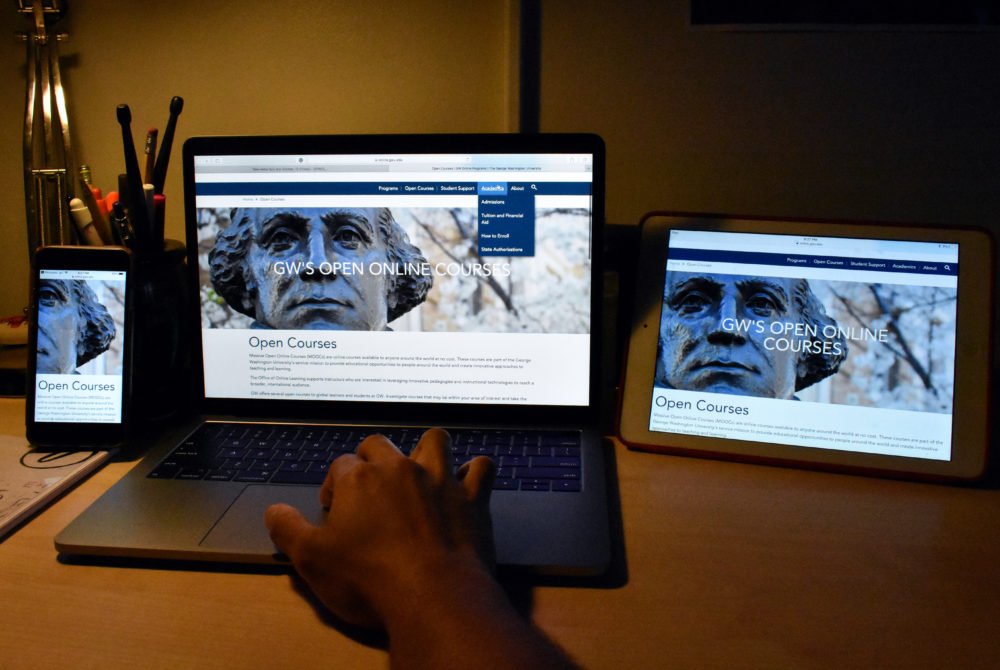
EY’s “Facilitator Skills Development” was its most popular nontechnical course; then EY’s new CLO was challenged to do it all online. Intrepid and EY rose to it and created “Teach With Charisma,” an online course that is now showing better results than the in-person version for a tough-to-teach soft skill.
I spoke with EY’s director of talent management for the Americas, David Bruesehoff, about the course and got his advice for anyone else looking to move soft skills training online.
NB: Can you describe the culture of “reaching down the ladder” at EY?
DB: It’s an unwritten rule that to make partner, you need to teach and share your knowledge to help others—it’s a very learning-and-sharing culture we’re quite proud of that’s shaped our success well for over 100 years. But, it takes skills to teach what you know well, so we offer a facilitator skills development class and participants loved it dearly. It gave them the soft skills they needed to go out and become facilitators leading classrooms of their own.
NB: Your in-person course on facilitator skills was one of your organization’s most popular and enduring courses. Why mess with a good thing and take it online?
DB: Well it was time! The rapidly changing marketplace, business environment, and workforce were telling us we’ve got to do things differently. With disruption happening across all of our clients, new solutions and products require our people to know new things, do things differently, and be different. We figured if we can take a much-beloved course and its content, speed up the delivery and maintain or even improve the quality in this beloved program, we’d have a model that can work for lots of our offerings, not just one.
We’ve also adopted what we are calling the “Five Fundamentals of Learning” at EY. Any changes to courses needs to be looked at through this new lens. The big questions loomed large on the horizon: How would it translate? How much worse would the satisfaction rates be? Not to mention the efficacy! We were totally unsure about the move to the “new school” way of teaching our teacher how to teach!
NB: So how did it go?
DB: The satisfaction rates remained just as high as with the old in-person version—we could hardly believe it! And it was just as effective, believe it or not, to teach online the skills designed to be used in person; there are so many offerings, it’s easy to take it right before you have to go in and teach, so you can remember the tips and tricks you’ve learned and quickly put those to good use. We surveyed students of people who had taken the course online and students of people who had taken the course in person, and the online learners were rated higher in their effectiveness than those who had taken the instructor-led version.
One of the biggest unanticipated benefits has been that we save massive amounts in trainer and facility costs and opportunity costs. So this quality program has improved how and when our teachers get this massive boost of best practices for use in their live classrooms, and it’s done in a way that keeps them serving our clients and not having to fly off to attend yet another train-the-trainer course.
NB: Talk about exciting results! Did you see any impact or have any other aha moments in taking this facilitator training course online?
DB: Well the massive travel, instructor, and opportunity costs I just mentioned, which we estimate to be in excess of $1.6 million, plus we shortened the training time from 14 hours to about 12. So it’s faster, the effectiveness is up, and satisfaction from the learner perspective is neck and neck. We couldn’t have asked for more.
NB: What do you think this means for training at EY?
DB: Currently over 90 percent of our classes are facilitated in person, but this is a case study for the future. Converting this course has made me believe in the effectiveness of virtual learning and that we can take more of our in-person courses and successfully convert them into online offerings, making solid gains in speed and efficiency in their delivery and execution.
NB: OK, we’ve celebrated the successes, but what are the challenges involved that you found as you moved this soft skills course totally online? What advice do you have for others looking to do the same?
DB: Much like MOOCs—massive open online courses—like Coursera and Udemy report, the dropout rate remains higher than traditional in-person classes. We still need to solve for that. At EY, like all consulting firms, learning isn’t just what’s exchanged in the classroom, but also what’s exchanged in the hallways, or over drinks and dinner. We are still solving for connecting our students together in non-event-driven ways and experimenting with social media and mechanisms that help keep those bonds forged and our communication and culture intact, like our learning events do so effortlessly today. In terms of advice, I’d say to others looking to do the same to go big or go home. Take that class that everyone treasures and try it as an online offering. As the old adage goes, “Luck favors the bold.” When you do, your organization will be astounded at the what’s ventured and gained!
[“source=businessinsider”]

